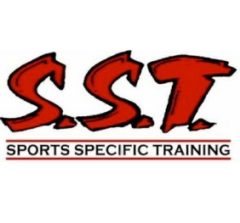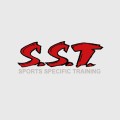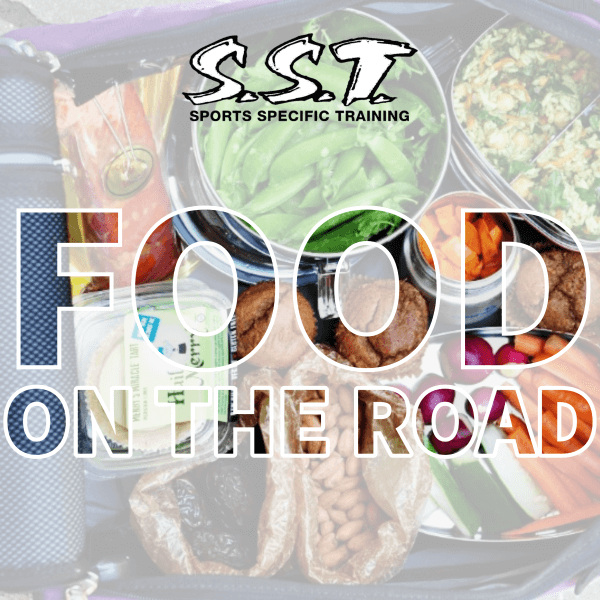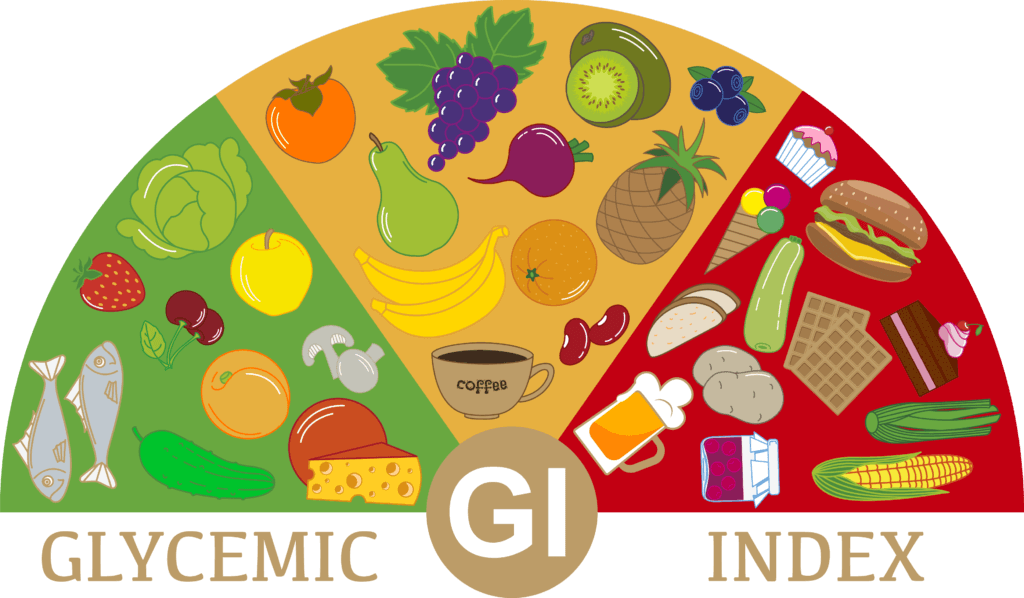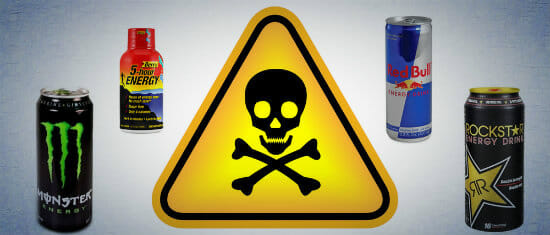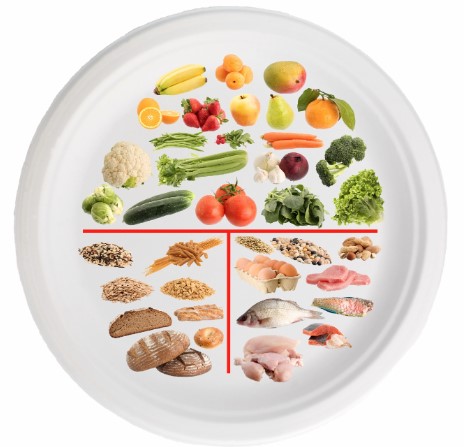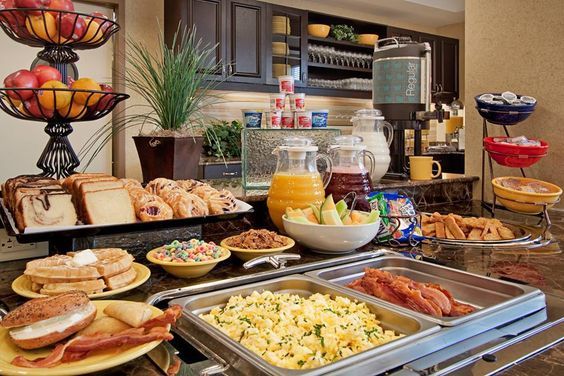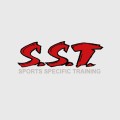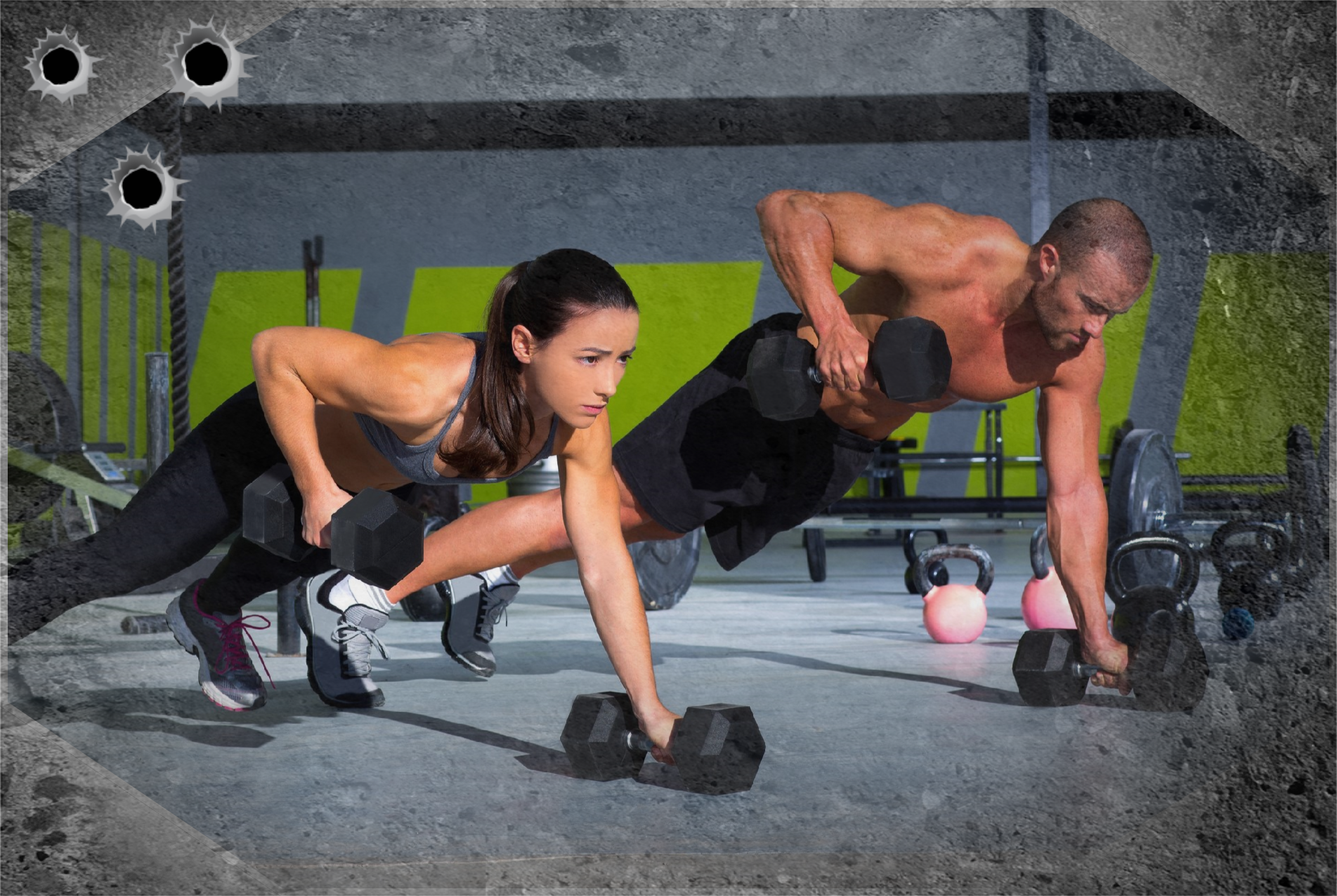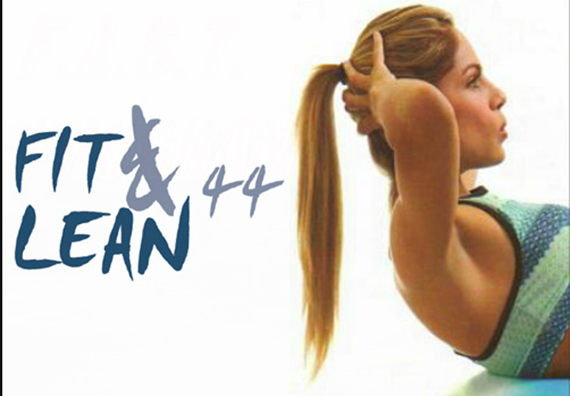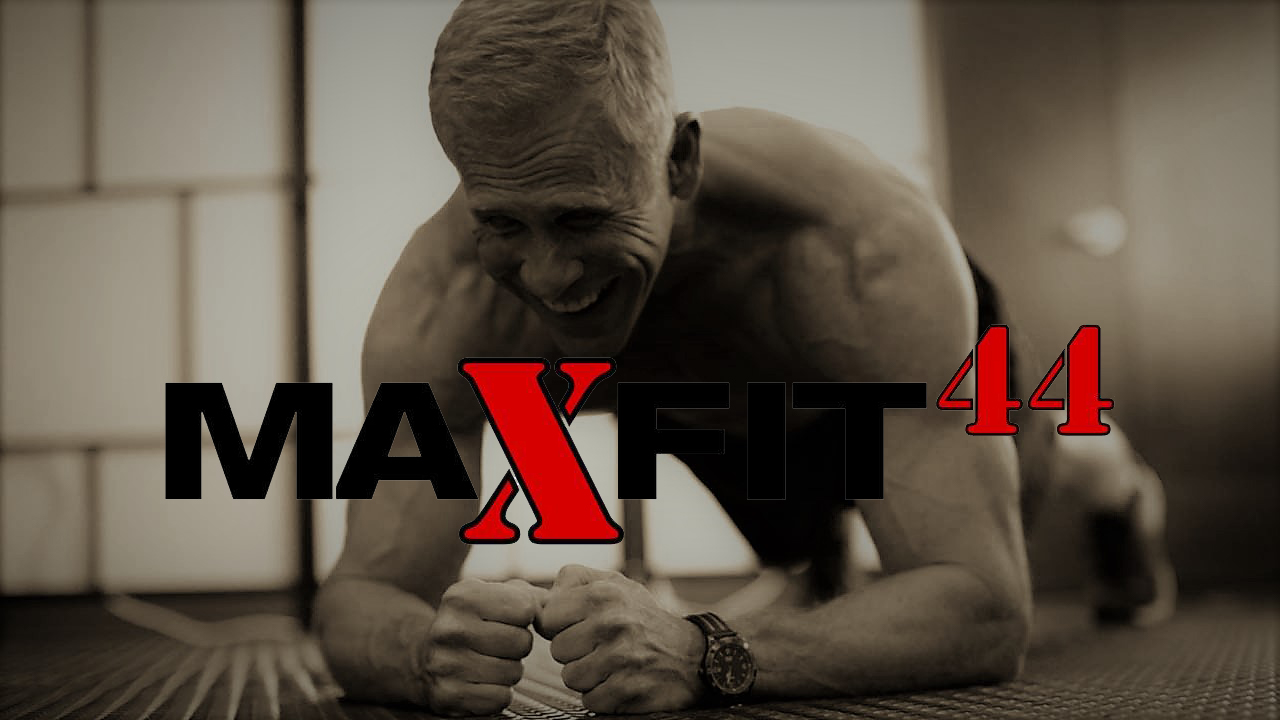nutnHere we are with our second installment of food staples that you need to rid your pantry of ASAP!
And of course what to replace them with!
Click the link in case you happened to miss Part 1
3. WHITE OR “MULTI-GRAIN” BREAD
White bread, and even deceivingly, multi-grain breads contain zero whole grains, are made with enriched white flours, and little to no fiber. Meaning these breads will spike your blood sugar levels and leave you feeling unsatisfied and hungry again soon after eating.
What to Keep On-hand Instead? – 100% Whole Grain Wheat Bread

Look for breads with ‘whole grain’ as the first ingredient on the ingredient list. The first ingredient on any nutrition label means it is proportionately the most used ingredient in that particular product. Whole grains are not only great for keeping you satiated but can also help protect against many diet-related chronic diseases; such as diabetes.
4. GENERIC PEANUT BUTTER
While peanut butter on toast or fruit may seem like a smart snack choice, generic peanut butter is full of sugar, trans fats and little useful nutrients. Generic peanut butters (such as Kraft, Jif or Skippy) are usually highly processed using a technique called hydrogenation. Hydrogenation is the process of adding hydrogen atoms to the molecular structure of fat in a product in order to make it more spreadable, creamier, and shelf-stable. This process actually lowers levels of good cholesterol (HDL) in the body and increases levels of bad cholesterol (LDL). Hydrogenated oils should be avoided as much as possible.nutrition fat loss,
What to Keep On-hand Instead? – Natural Nut Butter
Now a days there are SO many nut butters to choose from! Almond, cashew, walnut, the choices are endless. When choosing a nut butter to keep your pantry stocked, read the ingredient list, there should be 3 or fewer ingredients and the first one should always be nuts.
5. TRAIL MIX
Trail Mix is another tricky snack dressed up and disguised as a healthy one. Pre-made trail mixes now contain chunks of chocolate, M&M’s, and dried fruit. Making this, could be healthy, staple more like a bag of candy.
What to Keep On-hand Instead? – Homemade trail mix
The best trial mix is the one you mix yourself! You can customize them to your own preferences and goals. Cut out the unwanted sugar and look to add ingredients such as 90% dark chocolate, almonds, and walnuts. Be sure to store them in air-tight containers to keep your mixture fresh!
6. WHITE PASTA
White pasta has the same problems as white rice or white bread, it has been stripped of all its useful nutrients, is highly processed, and is a simple carbohydrate. It will spike your blood sugar levels as well as leave you feeling hungry again soon after your meal.
What to Keep On-hand Instead? – Garbanzo bean, Quinoa, Black Bean or Veggies Based Pasta
The one upside to the ridiculous gluten-free craze that hit the supermarket shelves was the introduction of vegetable based pastas! These ‘pastas’ contain more fiber, protein, and vitamins and minerals. These options are going to keep your blood sugar levels steadier and keep you feeling full long after your meal. Granted they do not taste as bland or neutral as regular pasta but once you try these options you will not want to go back to tasteless pastas ever again!
Have you tried any of new food staples?!? Let us know how these new staples are fairing in your kitchen down in the comment section.
Check back next week for Part 3!
If you have any questions or comments make sure to ask in our comments section or email SST Mississauga’s Lead Strength Coach, Courtney ( cplewes@sstcanada.com ).
